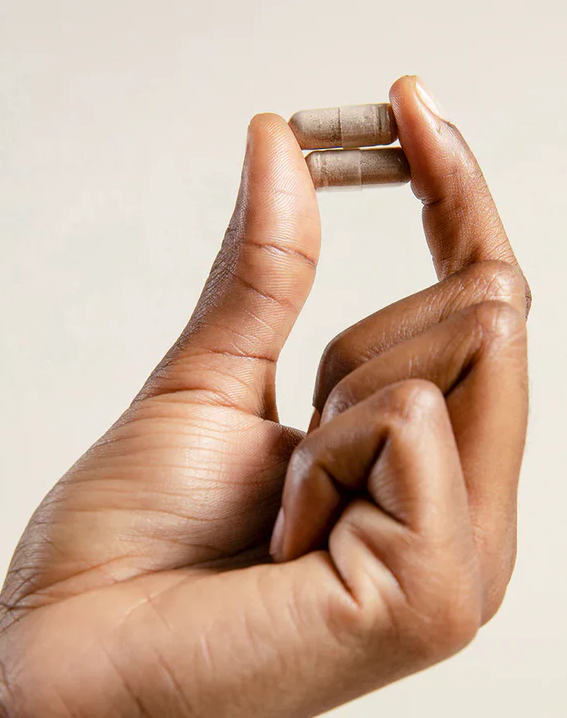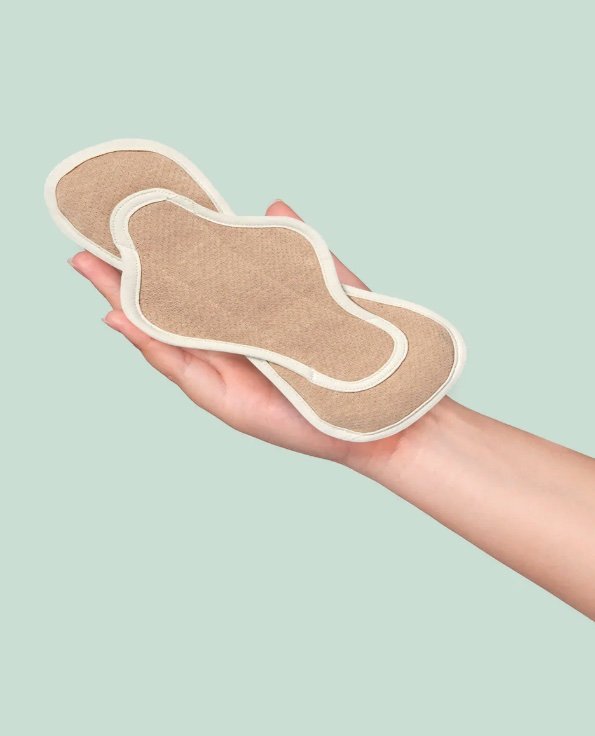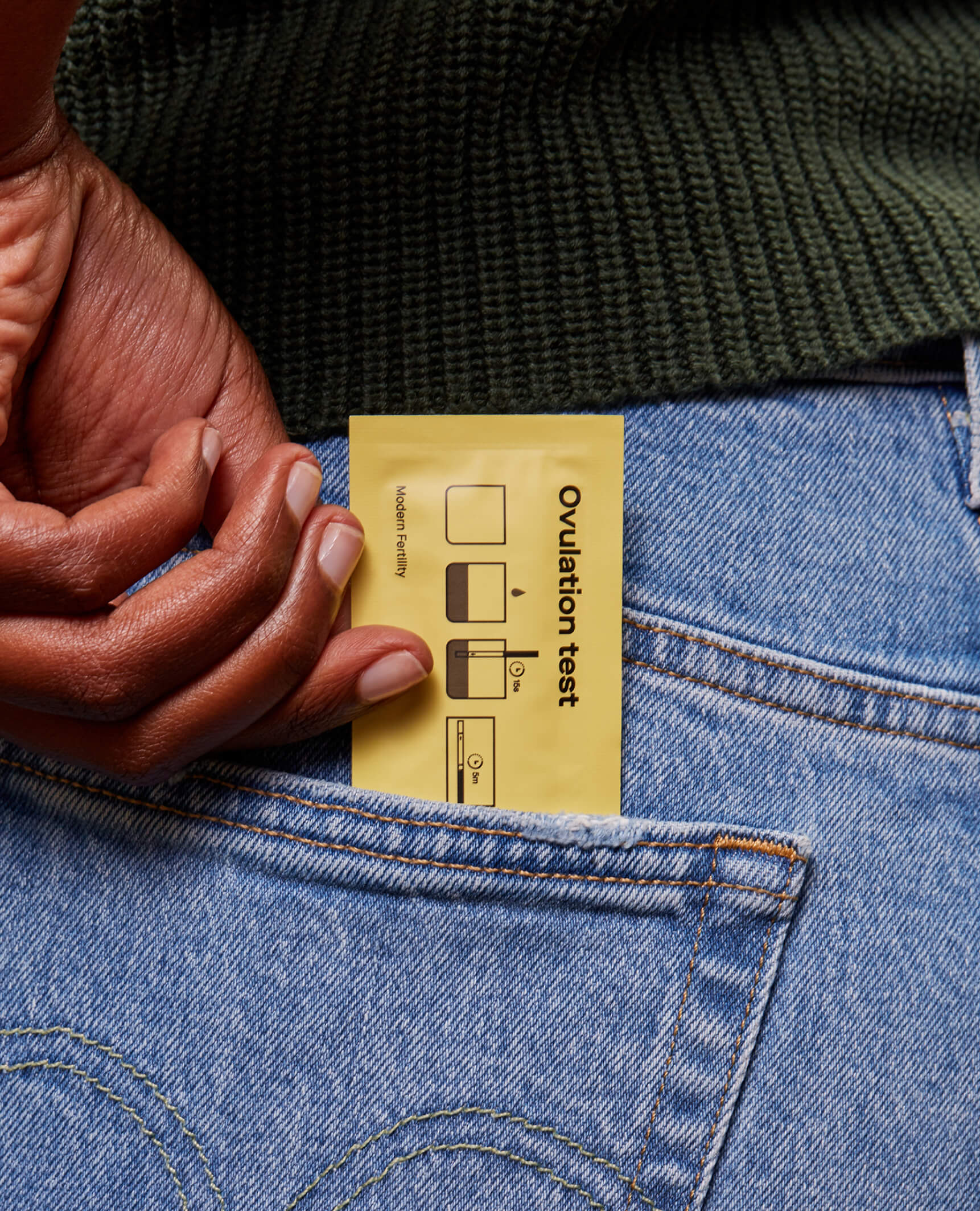
9 Wearable BBT Thermometers & Body Temp Rings (2024)
The Good Trade editors endorse products we’ve personally researched, tested, and genuinely love. Learn more about our methodology and business model here.
We’ve researched and tested dozens of BBT thermometers — these are our top picks that are effective, easy to use, and help us track our menstrual cycles.
Did you know that your temperature changes throughout your monthly menstrual cycle? Or how about that you can use this data to predict your fertility window and—more specifically — when you’re ovulating? The variation is slight (to the tenth degree), but with the right tools and a bit of learning, we can use this information to track our cycles, even if they’re irregular. But let’s back up. What even is a basal body temperature, and how does it differ from the regular ol’ temp we take when feeling a bit under the weather?
What is Basal Body Temperature?
Your basal body temperature (BBT) is your body’s temperature when it’s fully at rest — i.e., your temp first thing in the morning. For most ovulating people, it ranges between 96°F (35.5°C) and 98°F (36.6°C), and the tenth of a degree variation is dependent on where you’re at in your cycle.
Here’s an example. The below chart, shared with permission from one of our editors, shows an average BBT of 97°F–97.4°F before ovulation (the follicular phase) and an average BBT of 97.5°F–97.9°F after ovulation has occurred (the luteal phase).
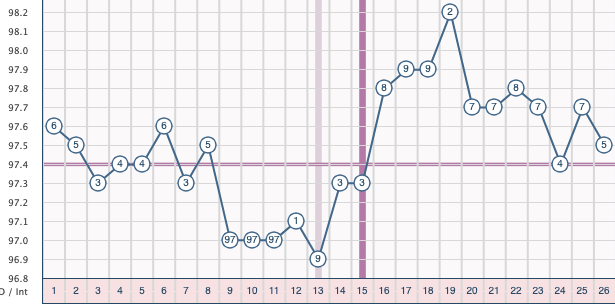
Notice how, on day 13, her temperature dips slightly. This happens just before an egg is released from an ovary, meaning she’ll ovulate sometime in the next 12 – 48 hours. If she were trying to avoid pregnancy, she would want to refrain from unprotected vaginal intercourse in the five days leading up to this dip and in the 48-hour window after. Alternatively, if she were trying to get pregnant, this would be the optimal window for conception. Once her body temp rises above the coverline — the horizontal line that “separates average temperatures before ovulation from average temperatures after ovulation”— she can confirm ovulation has occurred.
Now, notice how her temperature remains elevated for the rest of her cycle, then begins to drop as she nears menstruation. This is thanks to progesterone, a hormone that prepares the body for a potential pregnancy. If a person is pregnant, progesterone levels (and daily temperature) remain above the coverline; if not, BBT falls as the uterus prepares to shed its lining, signaling the start of a period. In this way, monitoring your BBT can also be an early indicator of pregnancy.
All this to say, our bodies are pretty incredible! And if our cycles are regular, we can use a basal body thermometer (ideally alongside other tracking methods, like cervical mucus monitoring and ovulation strips) to help with fertility awareness, whether we’re trying to prevent pregnancy or hoping to conceive. Even with irregular cycles, BBT monitoring can be a valuable tool to help identify ovulation with your doctor.
How do I use a basal body thermometer?
- Find a thermometer that’s right for you. In today’s tech-savvy world, there are numerous BBT thermometer options on the market. What’s most important is identifying the thermometer that will work best for you and your lifestyle. We’ve noted our favorite picks below.
- Read the user manual + choose a charting app. First things first: Wash your thermometer according to the manufacturer’s instructions, then give the manual a read (or two) to familiarize yourself with all its functions and features. These days, most BBT thermometers come with a recommended app for easily recording your data. Many period tracking apps also have BBT charting options, and these fan favorites are even more specific to fertility and ovulation monitoring. Manual tracking in a notebook is also a great option if you prefer a paper record.
- Take your temp at the same time each morning. Here’s where basal body thermometers get a bit trickier and where you have to practice discipline. To get the most accurate reading, you want to track your temp at the same time each morning — before even rolling over or sitting up from bed (yes, seriously!).
- You need to take your temperature first thing after waking up while you are still lying down. Pop it in the back of your mouth under one side of your tongue, wait for the beep, then go back to sleep (if you want!).
- Since most have a memory-saving device (some even pair with Bluetooth), you don’t even need to be fully awake to use it. You can then review and record your temperature once you’ve had your morning coffee.
- Don’t drink any beverages before testing.
- Try to keep the thermometer still and at the same spot in your mouth. For a more accurate reading, pop it in your mouth for a few moments before turning it on to warm it up.
- Record notes about your diet and sleep quality if relevant; for example, if you had wine the night before or got up in the middle of the night to use the bathroom, this will likely affect your temperature.
- If you have an inconsistent sleep schedule, a wearable tracking device may be best for you.
- Analyze The Data & Avoid Sexual Intercourse (Or Don’t! 😉). After you’ve been tracking for a couple of months, you can start comparing data and watching for trends. Keep an eye out for dips and peaks and bring the data with you to your next OBGYN appointment — especially if you have questions about possible hormone imbalances, intense PMS symptoms, or spotting between cycles. If you’re using BBT tracking specifically to avoid or try for pregnancy, you now have lots of insight about when (and when not) to have vaginal intercourse with your partner. Plan your rendezvous accordingly!
Can I use BBT tracking for birth control?
It will take a couple of months of diligent tracking to begin noticing patterns in your temperature and cycle. If you are sexually active and trying to avoid pregnancy, we recommend talking with your doctor first and considering additional protection (like these vegan condom brands) while you collect data and become familiar with your BBT. As with anything related to our bodies, it’s important to remember that each individual is unique. What may work for one person is not necessarily a great option for another. Not everyone experiences a rise in temperature after ovulation, and hormone imbalances or lifestyle changes can alter your BBT. Additionally, no birth control is 100% effective, so it’s best to talk with your healthcare provider to determine what is best for you.
That said, BBT tracking can be a great tool for many people, even just to become more in tune with your body. So, whether you’re looking for a natural birth control option, planning for a baby, or just want to learn more about your cycle, here’s how to use a basal body thermometer — plus a few options to try!
(Psst! And if you are looking to get pregnant, start taking the prenatal vitamins now!)
1. Tempdrop
Best For | Wearable armband BBT monitor
Features we love | Free syncing app with basic charting features, two months free premium charting app features, smart learning algorithm, safe & non-invasive, zero radiation, 12-month warranty, FDA-cleared, FSA/HSA eligible
Price | $199
This wearable skin sensor from Tempdrop is an adjustable armband that continuously monitors your temp while you sleep (no need to wake up at the same time each day!). Tempdrop comes with a free syncing app with charting features, suits irregular cycles, is FDA-registered, and is HSA and FSA eligible.
Customer Review | “Tempdrop is life changing! no more remembering to take my temperature in the morning before i get out of bed, it does it all for you.” – Elizabeth B. (Read all reviews.)


2. Oura
Best For | Comfort & convenience
Features we love | Cycle, sleep, & activity tracking capabilities, integrated with fertility trackers, discreet & comfortable to wear, FSA/HSA eligible
Price | $299+
Oura is a titanium ring that comes in five finishes, is water resistant, and has a seven-day battery life. It pairs with the Natural Cycles App for BBT monitoring and has its own app for one-stop monitoring (temperature, sleep, activity, recovery, heart rate, blood oxygen levels, and more). Verified by multiple independent studies and The Good Trade editor tested and approved.
Our Editor’s Review | “The most surprising benefit I’ve found in using my Oura Ring is the excellent menstrual cycle data. I was not expecting this information to be so reliable and impactful, and this metric alone would keep me wearing the ring 24/7. Oura uses your nightly body temperature, along with other biosignals like HRV, to generate your period prediction window — but you can also interpret the data to see what phase of your cycle you are in and whether you have ovulated yet within your cycle. Menstruating people everywhere, I cannot tell you how amazing this is.” – AmyAnn Cadwell, Founder of The Good Trade [Read the full review.]

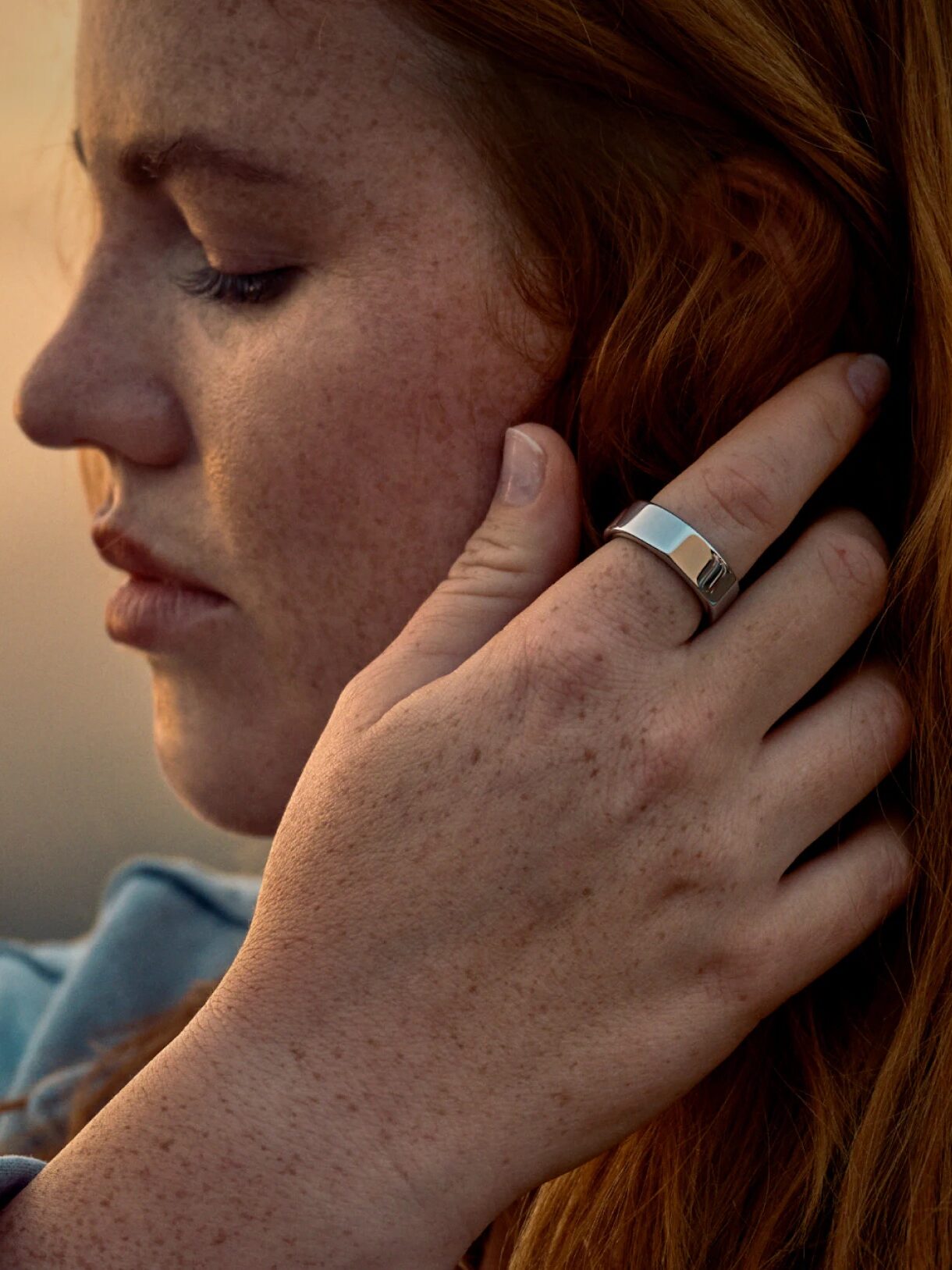
3. Natural Cycles
Best For | Affordability
Features we love | FDA-cleared, interchangeable between Fahrenheit & Celsius, FSA/HSA eligible
Price | $15
This BBT thermometer from Natural Cycles offers an affordable, simple design with Celsius and Fahrenheit options. The Natural Cycles app is FDA-cleared (also certified in Europe and listed in Australia), and the thermometer comes with a two-year warranty. International shipping available and female co-founder.
Customer Review | “To me Natural Cycles is not just hormone-free birth control, it is also one of the greatest tools I’ve come across to help me learn about my body” – Lexi (Read all reviews.)


4. Mira
Best For | Technology for various fertility journeys
Features we love | FDA-cleared, FSA/HSA eligible, free app, measures in Fahrenheit & Celsius, 24/7 support
Price | $35
The Mira Hormone Monitor tracks your LH, E3G, PdG, and FSH levels, identifying your six most fertile days and predicting ovulation with 99% lab-grade accuracy. (This is especially helpful for those who may be experiencing PCOS.) Powered by advanced AI and quantitative technology, this thermometer provides real-time, personalized hormone scores, helping you track your fertility or health journey.
Customer Review | “This is the best basal body thermometer I have ever used. I love how it syncs with the app and tracks my temperature throughout the month.” – Mary H. (Read all reviews.)
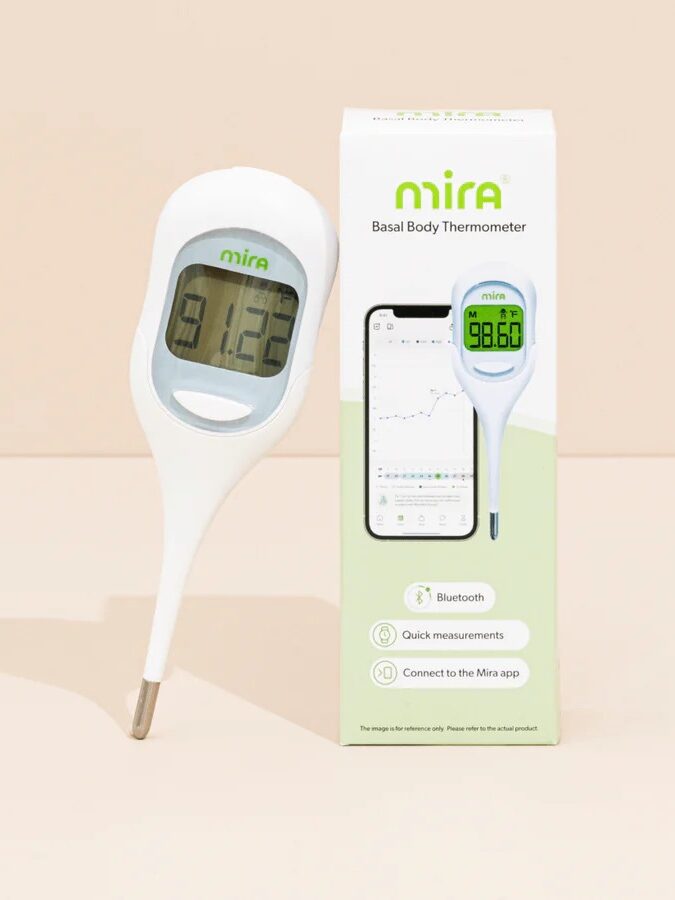

5. Daysy
Best For | Color-flashing indicators
Features we love | Free cycle app, personalized insights, data security, educational resources, FSA/HSA eligible
Price | $319
Daysy‘s easy three-light thermometer shows you when you’re most fertile and comes with a free app (no subscription required). Daysy is FSA eligible, compatible with irregular cycles, and the brand offers climate-neutral international shipping. The company is family-founded.
Customer Review | “Yes, I would recommend this to any woman that wants to be more informed about her body. It is empowering to know more about your body. Daysy gives women that power to make educated choices using the healthiest option I have seen on the market using the latest in technology.” – Joanna (Read all reviews.)
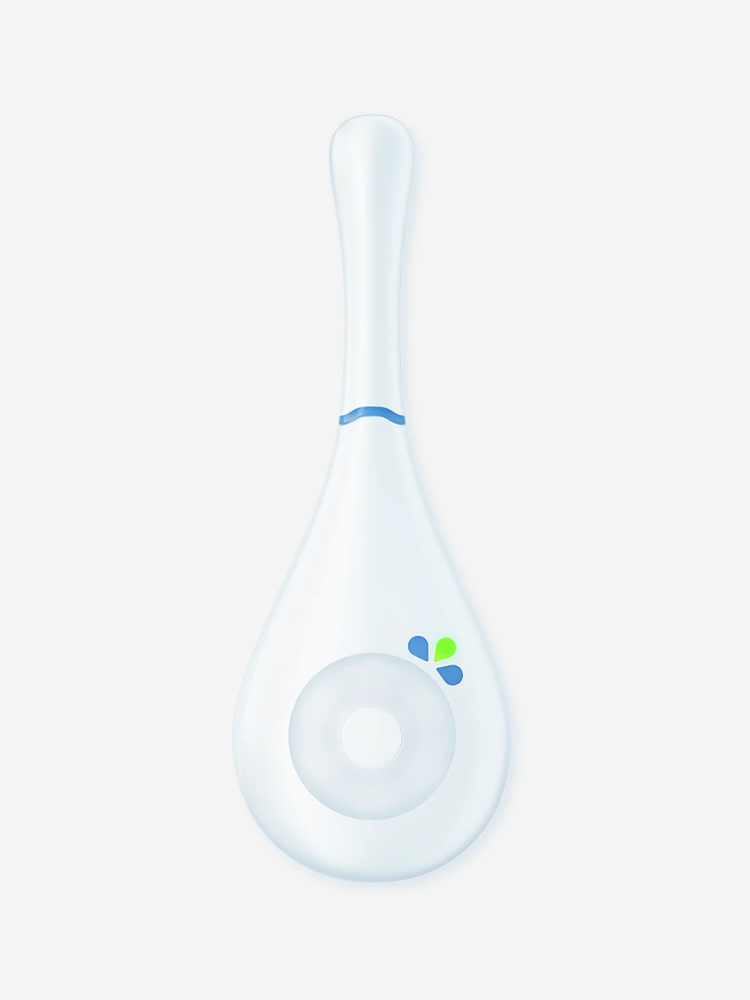

6. Ava
Best For | Bracelet tracker
Features we love | FDA-cleared, FSA/HSA eligible, data-driven insights,
Price | $279+
The first and only FDA-cleared fertility bracelet with data security guarantee. Ava monitors additional physiological signals for more accurate readings and tracks sleep and stress. This BBT has payment plan options, international shipping available, and is female co-founder.


7. OvuSense
Best For | Predicting and confirming ovulation in realtime
Features we love | Class II Medical Device, FDA-cleared, FSA/HSA eligible, 24/7 support
Price | Starting at $39/month
This skin-worn and vaginal sensor option works for people with PCOS and/or irregular cycles. It comes with a free app (no subscription required) and has class II regulatory approval in USA, Europe, Canada, and Australia. OvuSense is backed by clinical studies and offers international shipping.
Customer Review | “During this journey, I struggled, but in the end it all paid off! OvuSense customer service and its undivided support has been better than I could have ever asked for. I truly believe OvuSense was the reason behind my baby!” – Cheyenne (Read all reviews.)
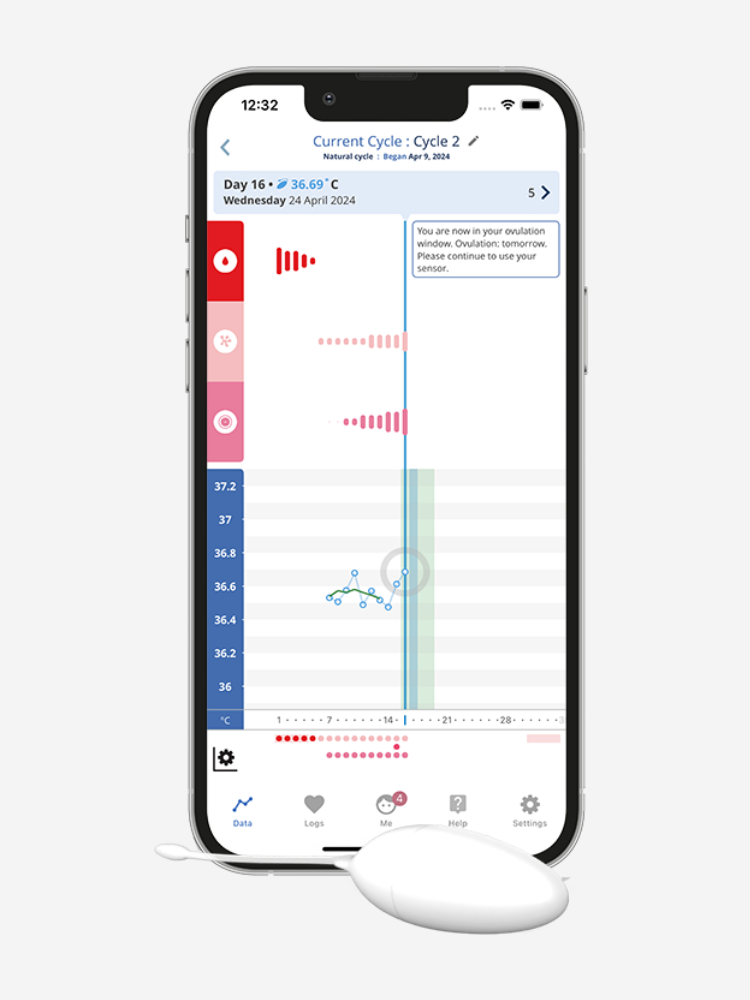

8. OvuFirst
Best For | Wrist sensor
Features we love | FDA-cleared, FSA/HSA eligible, app available
Price | Starting at $39
OvuFirst is a highly accurate wearable fertility tracker that helps those trying to conceive naturally understand their ovulation patterns. Designed to be worn on the wrist or arm while sleeping, it tracks skin temperature using patented technology to monitor progesterone levels and provides an 8-day fertile window. Paired with the OvuSense app, it gives real-time fertility insights, allowing you to track your cycle, medications, and supplements.
Customer Review | “My experience with OvuFirst did not disappoint! It was highly accurate, and gave me peace of mind that I wouldn’t be missing my ovulation. It’s comfortable to wear throughout the night and the chart in the app is easy to read.” – Madison (Read all reviews.)
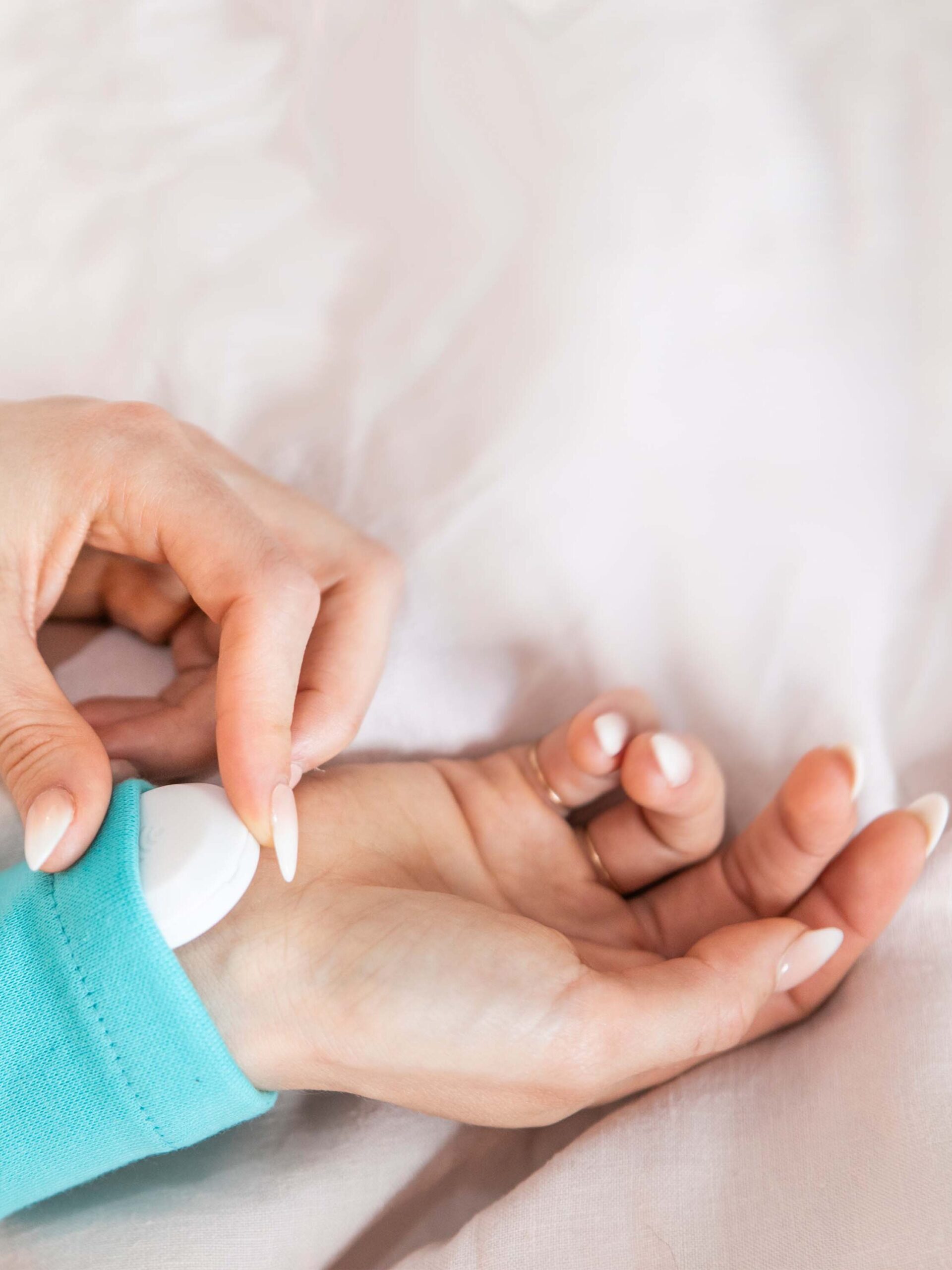

9. kegg
Best For | Cervical mucus tracker
Features we love | FSA/HSA eligible, get pregnant or 100% money back guarantee, kegel exercise tool
Price | $269
The kegg is a fertility tracking device that monitors cervical mucus, which is the key to identifying the most fertile days of your cycle. Unlike methods like basal body temperature or LH tests, kegg provides real-time tracking and can be used by women with PCOS or irregular cycles. With no monthly costs and a 12-month pregnancy guarantee, kegg can help you conceive faster and more confidently.
Customer Review | “Kegg gave me a deep look into my fertility and after 6 cycles, we are expecting in February! Thank you Kegg!” – Kim E. (Read all reviews.)

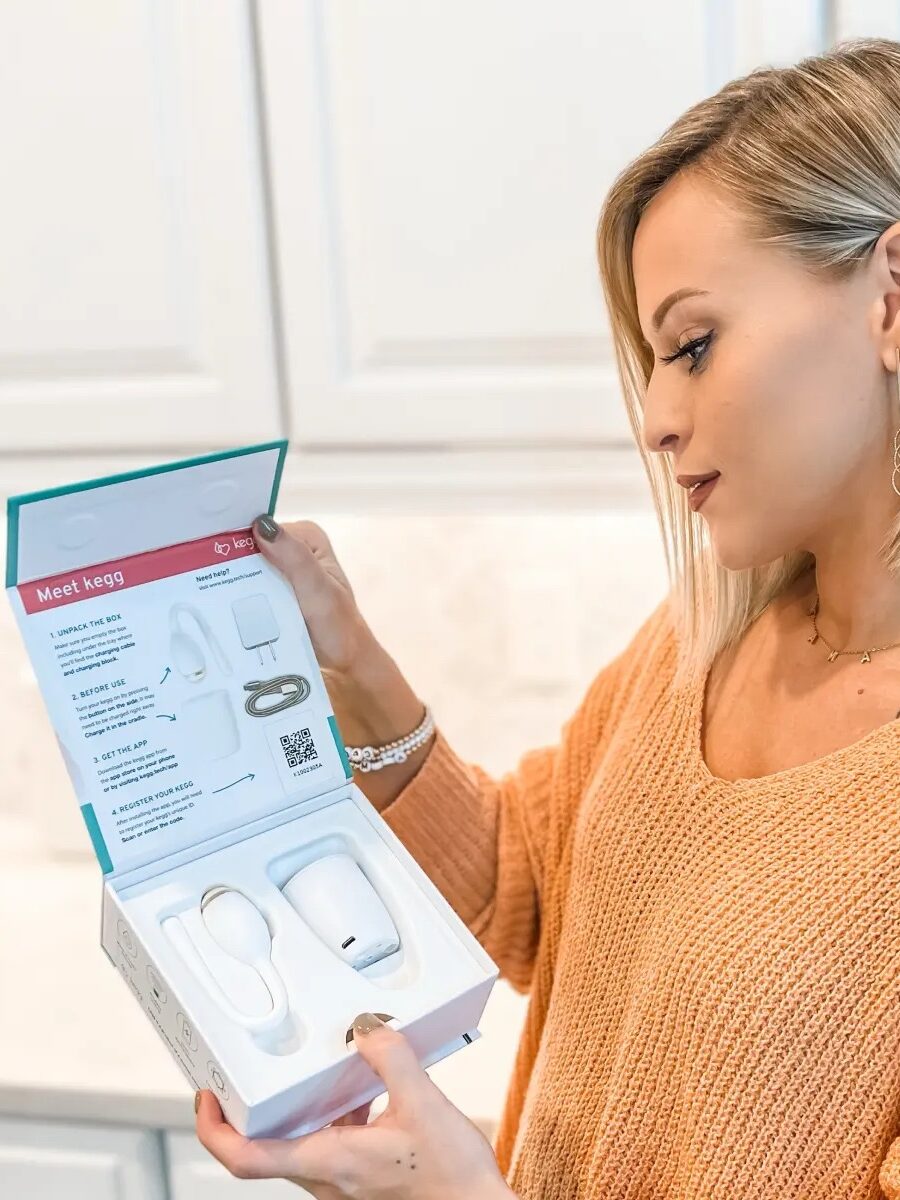
Featured image is from Natural Cycles.


